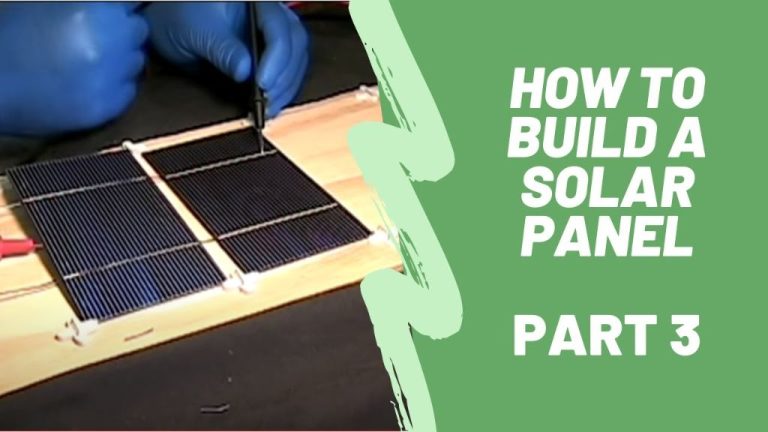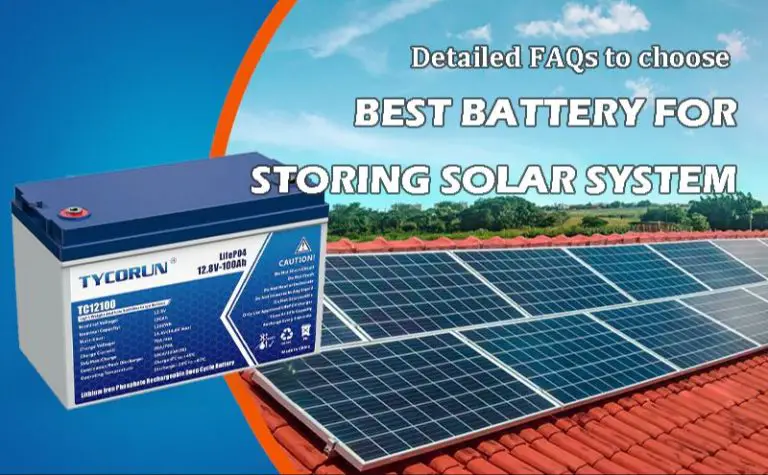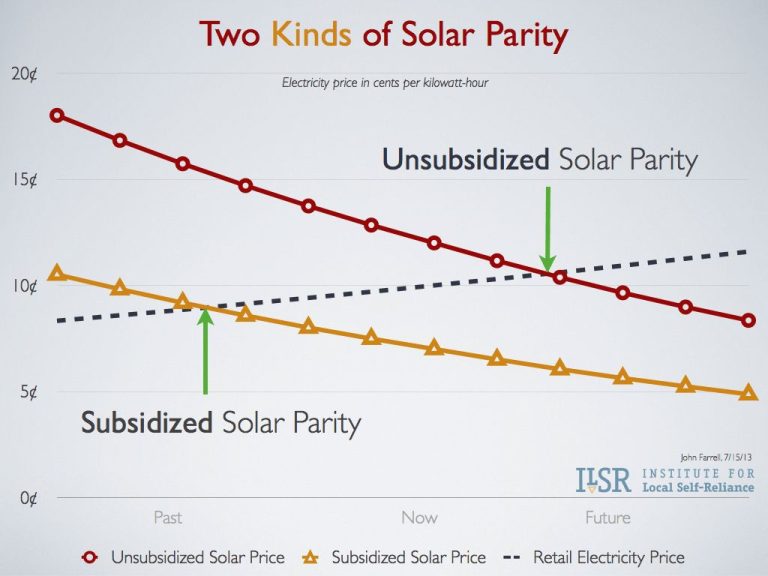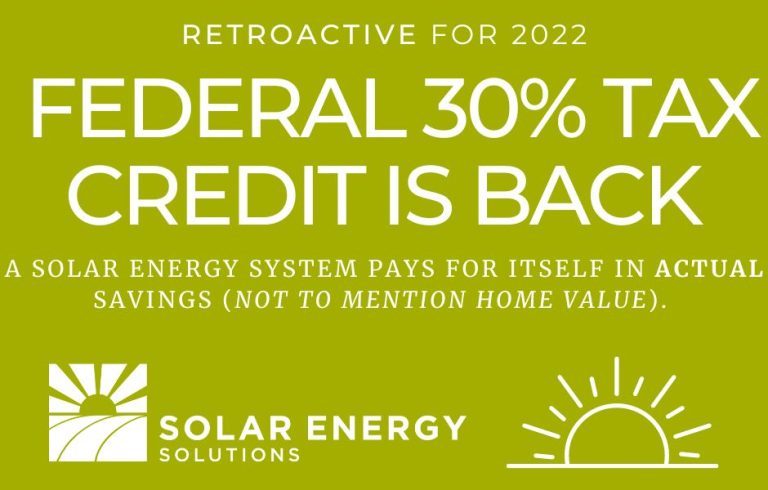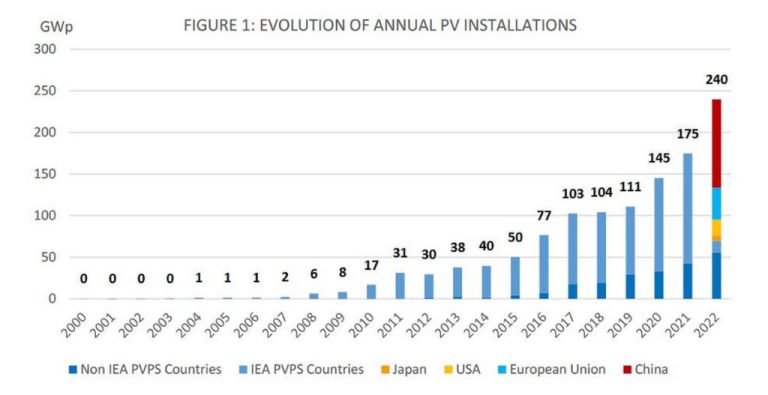What Is The Price Of Roadside Solar Light?
Roadside solar lights are standalone lighting fixtures that are powered by solar panels and batteries. They are designed to illuminate sidewalks, pathways, parking lots, alleys, and other outdoor areas at night without needing to connect to the electrical grid.
Unlike traditional streetlights that rely on underground electrical wiring, roadside solar lights can be installed quickly and inexpensively in most locations since they use energy from the sun. This makes them an attractive lighting solution for rural areas, parks, trails, and urban communities looking to brighten public spaces or increase safety and security at night.
With growing interest in renewable energy, solar-powered lights are an environmentally-friendly lighting choice. However, the upfront cost of purchasing and installing roadside solar lights is a key consideration for most buyers. This article will break down the factors that influence the price of roadside solar lights to help understand the overall costs.
Cost Factors
The cost of roadside solar lights is determined by several key factors related to manufacturing, shipping, distribution, and research and development.
Manufacturing Costs
The materials and labor that go into manufacturing solar lights make up a significant portion of the overall cost. High-efficiency solar panels, long-lasting LED bulbs, and durable casing materials like aluminum alloy can increase costs. Country of origin also impacts labor costs.
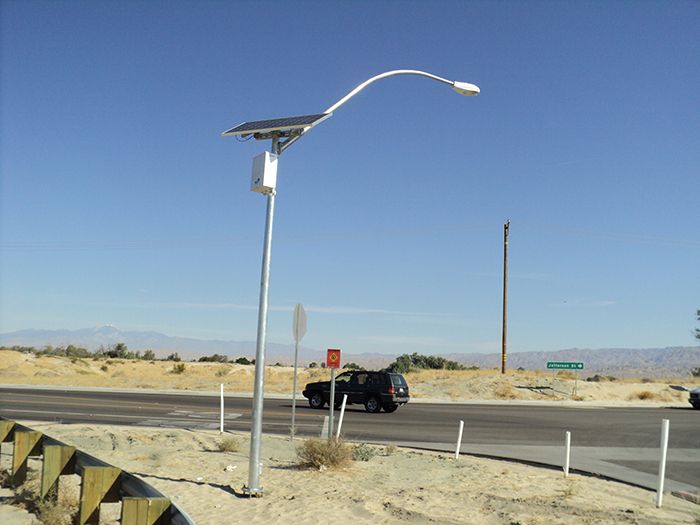
Shipping and Distribution
Getting the solar lights from the factory to the end customer adds additional costs for transportation, import duties, and warehousing. Larger and heavier units will have higher shipping costs. Domestic manufacturing and assembly may reduce distribution expenses.
Research and Development
Designing roadside solar lights requires significant upfront investment in R&D to create efficient and reliable products. Improving solar cell efficiency, optimizing lighting power, and engineering robust casings requires ongoing innovation and product testing. These costs are distributed across each unit sold.
Installation Cost
The installation cost of roadside solar lights can vary significantly based on location, complexity of the install, permitting requirements, and labor rates. Some of the main factors that influence installation costs include:
Permitting Fees – Most municipalities require a permit to install solar lights along a roadway. Permitting fees can range from $50 to over $1000 depending on the jurisdiction.
Labor – Hiring an electrical contractor to properly install and wire the solar street lights is recommended. Labor rates for electricians range from $40 – $100 per hour.
Location – Installation costs are higher in areas with higher labor rates like large cities and metropolitan areas. More rural locations or small towns tend to have lower labor costs.
With all these variables, the installation cost for a typical solar street light installation along a 1/4 mile stretch of roadway can range from $2,000 to $10,000 depending on the factors above. Getting quotes from local contractors is recommended to understand precise installation costs for a specific project.
Maintenance Costs
The ongoing maintenance costs for roadside solar lights vary based on the location and environment. In areas with high dust, dirt or pollution, more frequent cleaning of the solar panels may be required to maintain optimal efficiency. The cost for cleaning crews or equipment needs to be factored in.
Replacement parts and repairs can add to long-term costs as well. The LED bulbs, batteries, and electronic components can degrade over time. Having spares or repair technicians readily available is important to minimize downtime when issues arise. In remote areas, this may be more challenging logistically and lead to higher costs per repair.
Roadside solar lights installed along highways or busy urban streets are also more susceptible to damage or vandalism. Replacing broken fixtures and electrical components can become an ongoing expense. Proper placement and design robustness should be considered.
In general, locations with harsh environmental conditions, high traffic, and limited access to repair crews will have higher maintenance costs over the lifetime of roadside solar lighting systems. Planning and budgeting for these factors is key for long-term success.
Lifespan
The lifespan of a solar street light can vary greatly depending on the quality of the components used and environmental factors. Generally, a high-quality solar street light using lithium-ion batteries and LEDs should last 5-10 years before needing full replacement. More inexpensive lights may only last 2-3 years.
Some key factors affecting lifespan include:
- Weather and climate – Extreme heat, cold, and humidity will degrade components faster.
- Quality of PV solar panel – Lower efficiency and cheaper panels degrade faster.
- Quality of LED bulb – Cheaper LEDs can burn out faster than high-quality Cree or Lumiled LEDs.
- Usage patterns – Lights used every night will degrade faster than occasionally used lights.
- Battery type – Lithium-ion batteries last 3-4 times longer than lead-acid.
- Quality of housing and fixtures – Cheap fixtures lead to more component failures.
- Maintenance – Regular cleaning and upkeep extends lifespan.
With high-quality components and regular maintenance, solar street lights can realistically last 5-10 years before a full replacement is needed. Cheaper lights may need replacing in just 2-3 years.
Size and Power
The size and power rating of the solar light have a significant impact on the cost. Brighter lights with more LEDs and a higher wattage require larger solar panels to generate enough power. These larger fixtures also use more materials, driving up the price. Power ratings generally range from 10-60 watts. Smaller 10-20 watt lights may only provide enough illumination for a driveway or path, while more powerful 60 watt models can light up a street intersection or parking lot.
Higher wattage solar lights produce more lumens, which determines brightness. A standard 40-60 watt light generates 4,000-6,000 lumens, while an 80-100 watt light can produce 8,000-10,000 lumens or more. More LEDs also increase brightness, with most lights having between 18-72 LEDs. Higher wattage fixtures usually have dual solar panels to capture more sunlight. The size of the solar panel needs to match the power demands of the light. More powerful lights require larger solar panels of 50-80 watts to fully charge the battery each day.
Additional Features
While basic roadside solar lights provide lighting, some models come with additional features that can add to the cost. These include:
Sensors: Motion and light sensors that control when the solar lights turn on can add $50-$100 per light. These sensors help conserve energy and extend battery life.
WiFi Connectivity: Allowing remote access and control via a smartphone app generally costs around $100 per light extra. This allows for adjusting settings and ensures the lights are working properly.
Customizations: Getting custom sizes, shapes, colors or materials for the solar light poles and fixtures can cost more depending on the extent of customization. These aesthetic options usually add $200+ per light.
Economies of Scale
The per unit price of roadside solar lights decreases significantly when ordering and installing them in bulk. Manufacturers offer discounts on large orders of 50+ units, and installation costs per light are reduced when doing mass installations along roadways or in parking lots.
For example, a solar light may cost $300 each if only a few are installed. But order 100 lights for a new development, and the per unit cost may drop to $200. Install 1,000 lights along a highway, and the price per light could fall below $150.
This bulk discounting allows municipalities and contractors to save money on large solar lighting projects. The more lights installed, the lower the overall project cost becomes on a per unit basis.
Case Studies
For cities considering installing roadside solar lights, seeing real-world cost data from similar municipalities can be helpful in budgeting and decision making. Here are a few case study examples of recent solar street light installations:
City of Austin, TX
In 2021, the City of Austin installed 1,000 solar-powered LED streetlights on neighborhood streets across the city. The project cost a total of $4 million, or around $4,000 per light. The lights are expected to save the city over $40,000 per year in energy and maintenance costs.
San Diego, CA
San Diego installed over 4,000 solar street lights between 2016-2018. The total project cost was $18 million, working out to around $4,500 per light. The city expected to recoup the costs through energy and maintenance savings within 5 years.
Arlington, VA
As part of a transportation infrastructure project in 2021, the City of Arlington installed 350 solar-powered roadway lights. The total cost was $1.4 million, or about $4,000 per light. The city projected over $150,000 in energy savings over 15 years.
These case studies showcase the typical range of $4,000-$4,500 per light for a full solar streetlight installation. Costs vary based on the specific needs and scope of each project.
Conclusion
In summary, the price of roadside solar lights can vary greatly depending on several key factors. The upfront installation cost ranges from $300-$800 per light on average, with higher wattage and larger size lights costing more. Maintenance is fairly minimal, around $50 per light per year for basic cleaning and repairs. The lifespan of a solar light is typically 10-20 years.
The size of the light, measured in watts, directly impacts the price as more powerful lights with more LEDs cost more. Additional features like wireless connectivity, dimming, and smart sensors can also add to the overall price. Buying solar lights in bulk can lead to discounts from solar manufacturers and installers. Overall, for a basic 40W roadside solar light, the total cost ends up being around $500 – $1000 per light when accounting for purchase price and lifetime maintenance.
In the end, solar street lights provide years of bright, sustainable illumination at an affordable price compared to grid-powered lights. While the upfront cost is higher, the long-term savings and environmental benefits make roadside solar lighting a smart investment for communities aiming to improve sustainability and safety.

